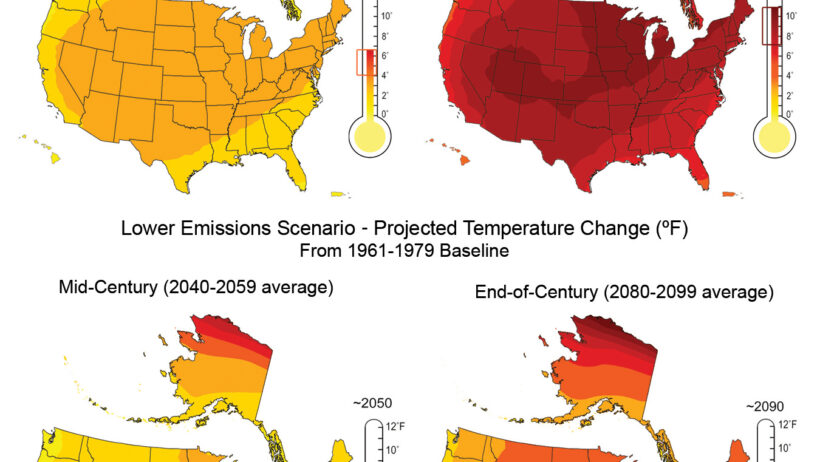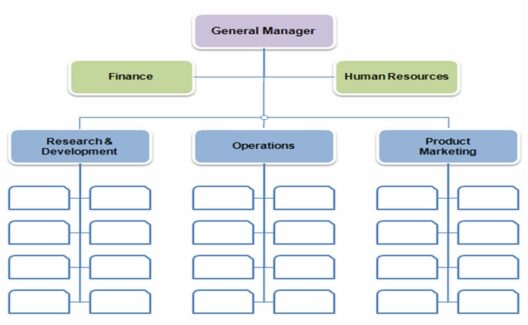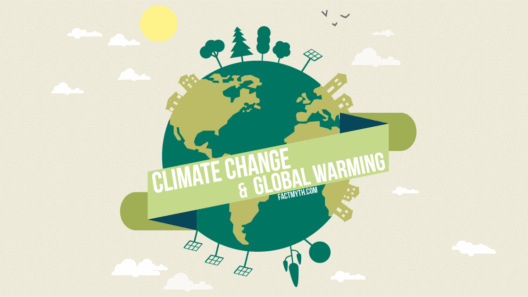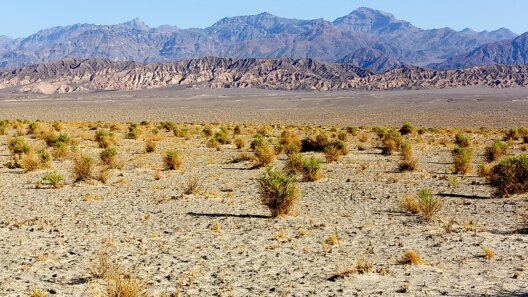The ramifications of climate change are profound and increasingly dire, encompassing a spectrum of ecological, social, and economic dimensions. At the crux of this discourse lies the concept of the “Point of No Return,” a threshold beyond which climate change may become irreversible. Understanding this notion necessitates an exploration of various factors that contribute to destabilizing our planet’s ecosystems and the intricate interrelations among them.
To initiate our examination, it is imperative to delve into what constitutes climate change itself. This phenomenon arises primarily from anthropogenic influences, including but not limited to, the combustion of fossil fuels, deforestation, and industrial agriculture. These activities contribute to the accumulation of greenhouse gases (GHGs) in the atmosphere, which in turn leads to global warming. This warming is not a mere increase in temperature; it orchestrates a cascade of climatic shifts that jeopardize the delicate balance of our biosphere.
The prospect of an irreversible climate shift lies in the interconnected dynamics of several environmental feedback mechanisms. One such mechanism is the melting of polar ice caps and glaciers. As these ice formations diminish, they expose darker ocean or land surfaces, which absorb more sunlight than reflective ice. This amplifies warming and accelerates further ice melt, culminating in a feedback loop that may prove impossible to halt if certain thresholds are breached.
Next, consider the phenomenon of permafrost thawing. Permafrost, which has encapsulated organic materials for millennia, contains vast stores of carbon. As it thaws, this carbon is released into the atmosphere in the form of carbon dioxide and methane—a gas over twenty-five times more potent than CO2 regarding its heat-trapping capacity. The accelerating contributions from these sources propel us toward an ecological tipping point, ushering in conditions that exacerbate climate-related crises.
Additionally, the ocean plays a crucial role in regulating global climate systems. The absorption of excessive carbon dioxide leads to ocean acidification, disrupting marine ecosystems and the myriad species that depend on them. Coral reefs, often described as the rainforests of the sea, are particularly vulnerable. They are sensitive to temperature and chemical changes, with rising ocean temperatures resulting in coral bleaching—a process that can decimate entire reef systems. The loss of these ecosystems diminishes biodiversity and destabilizes the food chain, further amplifying the implications of climate change.
The consequences extend beyond environmental degradation; social implications are equally profound. Vulnerable populations globally are increasingly at risk, as resource scarcity exacerbates existing inequalities. Food and water security are threatened, triggering displacement and conflict. These sociopolitical ramifications introduce additional variables into our already complex interactions with the environment, highlighting the multifaceted nature of climate change’s impact.
Another critical aspect to consider is the role of deforestation in reaching this point of no return. Forests are indispensable carbon sinks; their destruction not only releases stored carbon but also diminishes the earth’s capacity to sequester carbon dioxide. The Amazon rainforest, often termed “the lungs of the planet,” illustrates this dynamic vividly. Large-scale deforestation not only contributes to increased atmospheric CO2 concentrations but also alters weather patterns. The once-verdant expanse becomes a source of greenhouse gas emissions, epitomizing the adverse feedback loops that could lead to irreversible climate impacts.
Despite the grim realities presented, there is reason for hope. Recognizing the impending nature of the point of no return has spurred a burgeoning global movement advocating for systemic change. The Paris Agreement stands as an emblem of collective ambition, committing nations to ambitious targets aimed at limiting temperature increases to well below 2 degrees Celsius. International cooperation in innovation and technology transfer, as well as the push for renewable energy sources, displays a shifting paradigm towards more sustainable practices.
Moreover, grassroots movements have emerged, pressing local governments to undertake ambitious climate actions. Communities worldwide are mobilizing to advocate for policies that prioritize environmental stewardship and combat climate change. These initiatives reflect a growing awareness of the urgent need for transformative change, emphasizing the potential for collective action to avert the detrimental consequences of climate inaction.
However, the efficacy of these promises hinges upon timely and substantial implementation. It is evident that the decisions made in the coming years will irrevocably shape the trajectory of our planet’s climate while bearing immense implications for future generations. Deliberate investments in sustainable technology, energy efficiency, and climate-resilient infrastructure can mitigate risks while facilitating the transition toward low-carbon economies.
Ultimately, pondering the point of no return beckons a reevaluation of our relationship with nature. It invites an introspection on the ethical implications of our actions today and their potential ramifications tomorrow. Engaging this dialogue is not merely an academic exercise; it is a moral imperative that requires the courage to confront uncomfortable truths. By committing to informed, collective action, we may yet navigate ourselves away from this precipice, steering humanity toward a rehabilitated and equitable coexistence with our environment.
In conclusion, as we stand at the crossroads of climate change and potential irreversibility, the need for urgency is clear. Evidence continues to mount, revealing the intricate and interconnected fabric of our global ecosystem. Each action we take holds significance—a reminder that responsibility lies in our hands. The time to act is now, for the consequences of inaction may soon become too steep to reverse.







